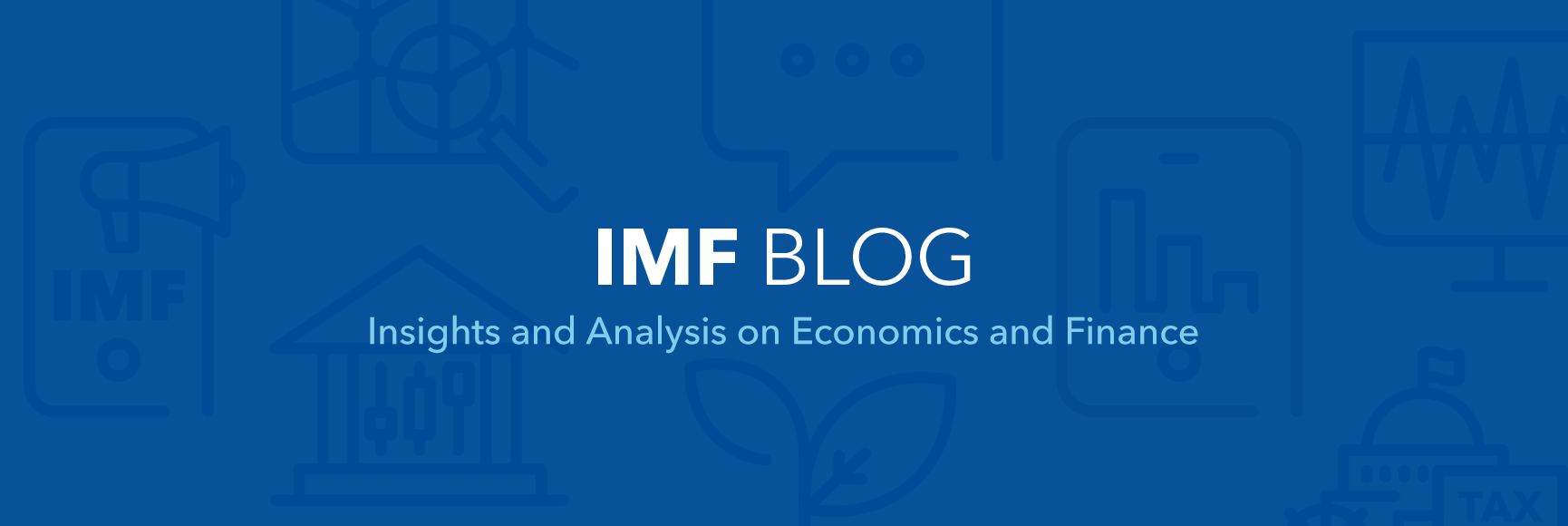“Never again can we let ourselves be caught unprepared by an economic and financial crisis of such global magnitude.” This was the spirit in which G-20 Finance Ministers in late 2008 tasked the IMF and the newly-formed Financial Stability Board to jointly develop an Early Warning Exercise (EWE), to be ready by the IMF’s 2009 Istanbul Annual Meetings.
The inspiration was clear: In the wake of the September 2008 onset of unprecedented financial turmoil, policymakers recognized that earlier danger signs had not been synthesized into an actionable warning. The EWE was intended to fill the analytical gap: the goal is to produce an effective “call to arms” as threats emerge—but well before crises erupt.
That the IMF would be called upon in these circumstances isn’t surprising, it was a confirmation of one of the Fund’s responsibilities. After all, assessing macroeconomic and financial risks constitutes a core task of the Fund’s surveillance activities. The Fund’s primary multilateral analysis as presented in the World Economic Outlook (WEO), Global Financial Stability Report (GFSR), and Fiscal Monitor publications traditionally addresses the principal risks to the staff’s baseline global forecast. Assessing risks also forms a central aspect of bilateral surveillance, and a section of IMF country reports discusses the principal risks to the outlook. Thus, the IMF’s macro-financial expertise, analytical talent and data resources—together with Financial Stability Board’s breadth of knowledge regarding both financial regulation and supervision– were viewed as key and complementary ingredients.
From the IMF’s perspective, the EWE is best understood in contrast with “traditional” surveillance products. The WEO/GFSR analysis incorporates directly those risks to the baseline outlook that are sufficiently probable that they need to be taken into account explicitly in setting policy. The EWE, in contrast, focuses on tail risks (i.e., risks that may not be relevant for policy-setting at present, but that could become important). The goal is to identify the most relevant tail risks, to demonstrate how the possible emergence of these risks could be recognized, and to specify the policy changes that would need to be implemented if they were to materialize.
Gaining experience
By now, the exercise has been repeated several times, and the results have been presented to meetings of the Fund’s International Monetary and Financial Committee (IMFC), comprising finance ministers and central bank governors. While the content of the exercise remains confidential—in order to facilitate the most candid exchange of views, and to avoid any confusion regarding the Fund’s base case forecast―a newly released paper available on the IMF’s website provides an overview of the design and methodological underpinnings of the EWE.
What are the main features of this exercise?
-
First, coverage is fairly comprehensive, including both advanced and emerging economies. Moreover, work is underway to extend the exercise to low-income countries and to deepen the understanding of how crises spread.
-
Second, the EWE is based on a holistic approach to assessing risk. While it is based on rigorous analysis and cutting-edge techniques, it draws on various tools, rather than relying on a single crisis model.
-
Third, the EWE combines empirical analysis with forward-looking thinking, based on inputs from key policymakers and academics, in-depth real-world knowledge (e.g., from market practitioners), and seasoned judgment from IMF experts. Broad consultation is intended to avoid “fighting the last war”.
-
Fourth, the exercise does not aim to predict the timing of crises, but rather to help prevent their occurrence and to limit their potential damage. Indeed, history has taught us that crisis triggers are highly unpredictable. The primary purpose of the EWE is to identify as early as possible the buildup of underlying vulnerabilities that predispose a system to a crisis, so that corrective policies can be implemented and contingency plans put in place.
Effective communication will be critical if the EWE is to fulfill its role successfully. Providing credible intelligence to policymakers that will elicit action requires more than simply identifying risks and vulnerabilities. Warnings need to be precise and compelling, consist of serious but plausible scenarios, outline the consequences of inaction, and lead to specific policy advice. Indeed, a major failure prior to the recent crisis—that the EWE is designed to correct—was the inability of analysts to “connect the dots” among the many vulnerabilities in different parts of the global financial system, and to propose policy options to address them.
However, the dissemination of EWE outcomes does not end with the presentation to policymakers at the IMFC. The EWE’s analyses and conclusions also have become a valuable input for the IMF staff’s bilateral discussions with country authorities. The main results and policy implications relevant for the respective country typically are presented and discussed, and the gist of such discussions is reflected in documents relating to the annual Article IV consultations.
Work in progress
In summary, the Early Warning Exercise draws together an impressive combination of analytical techniques, practical experience, seasoned judgment and unique databases in order to think through the potential consequences associated with economic and financial tail risks. It is not a crisis forecasting exercise, but forms a valuable complement to the IMF’s multilateral and bilateral surveillance work. Reflecting its relatively short history, it represents a work in progress—both the IMF and FSB participants continue to refine the process and content. The ultimate task is clear, however: Make sure that available knowledge is focused systematically and effectively on reducing the risk of a new global crisis.



